We know, there’s no such thing as a stupid question. But there are some questions you might not want to ask your local shop or riding buddies. AASQ is our weekly series where we get to the bottom of your questions – serious or otherwise. Hit the link at the bottom of the post to submit your own question.
Welcome back to the Bikerumor Ask A Stupid Question series. This week, independent mountain bike suspension specialists, TF Tuned, are with us to discuss the perils, or lack thereof, of suspension bottom out.
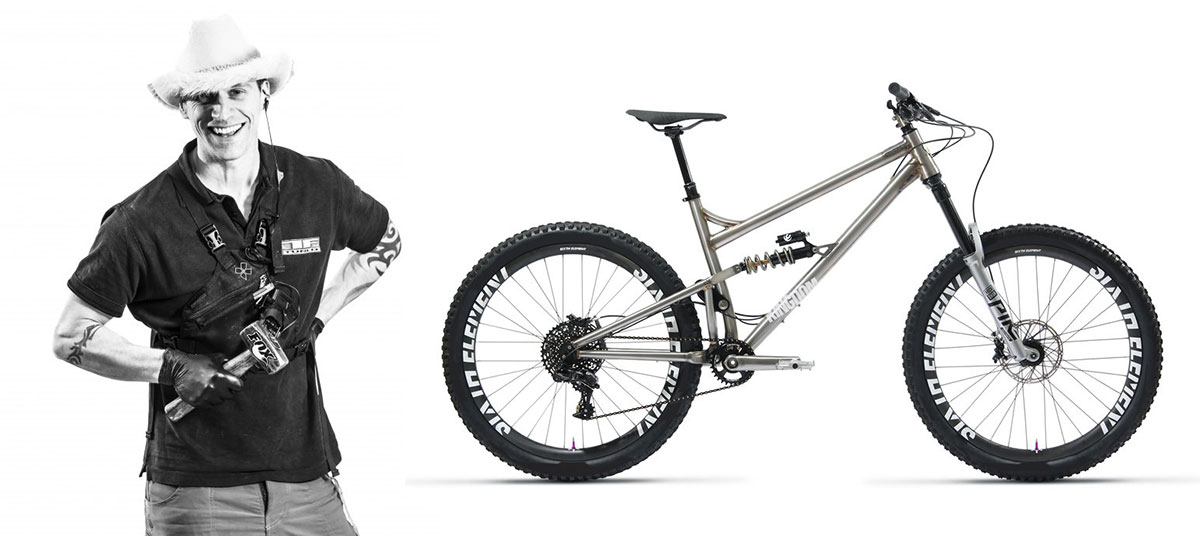
Representative Paul is the resident expert fettler and fixer of all things suspension related. His multiple years of industry experience mean that nothing ever fazes him or stops him getting the job done! Paul was probably born on two wheels as he’s always riding – whether it’s commuting on the road bike, ripping it up off road aboard his beautiful Kingdom Hex 29, or going really fast on his latest motorbike. Take it away, Paul!
Is it OK to bottom out the shock and fork once or twice every run, or am I damaging the suspension when I do this?
TF Tuned: Yes! It is more than OK for suspension to bottom out on the biggest, hardest hits that the rider is likely to expose it to. The travel is there to be used, and all bicycle suspension products are designed and manufactured to go through their full range of motion with no detrimental effect or risk of damage.
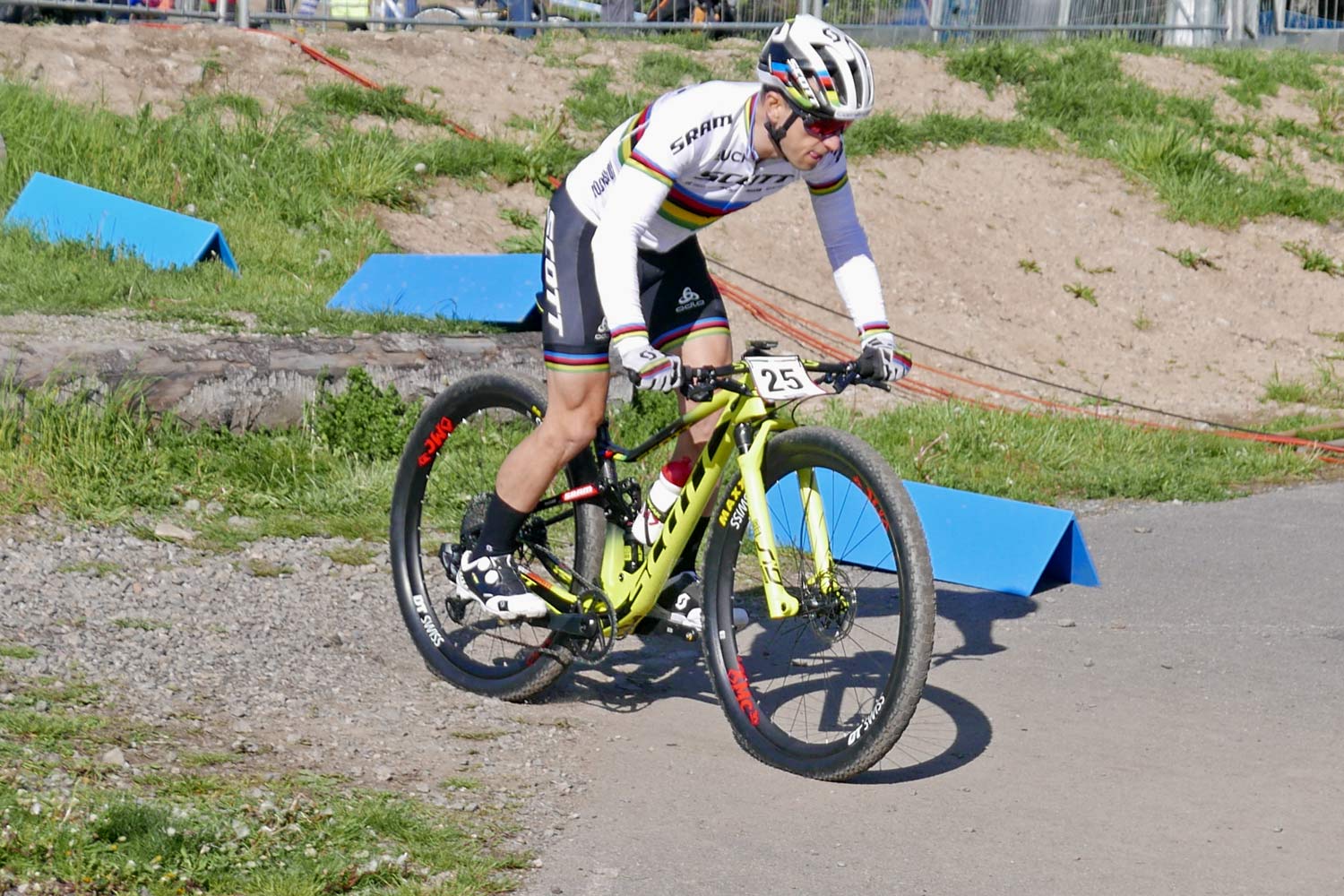
The issue that we’re touching on here is that of spring rate; be it air spring pressure or good old fashioned coils.
A sensible start point for the rear shock of a trail/enduro type bike is to measure 1/3 of static sag with the rider on the bike. Do it by taking a measurement of the shock eye-to-eye when you’re sat on the bike if you run a coil, or use the travel indicator o-ring on the body tube of the shock if it’s air sprung (make a note of the shock travel and measure the o-ring as part of the total stroke, not necessarily the exposed body tube). Bounce on the bike a couple of times before sitting steady on the bike and letting the shock/spring hold you up.
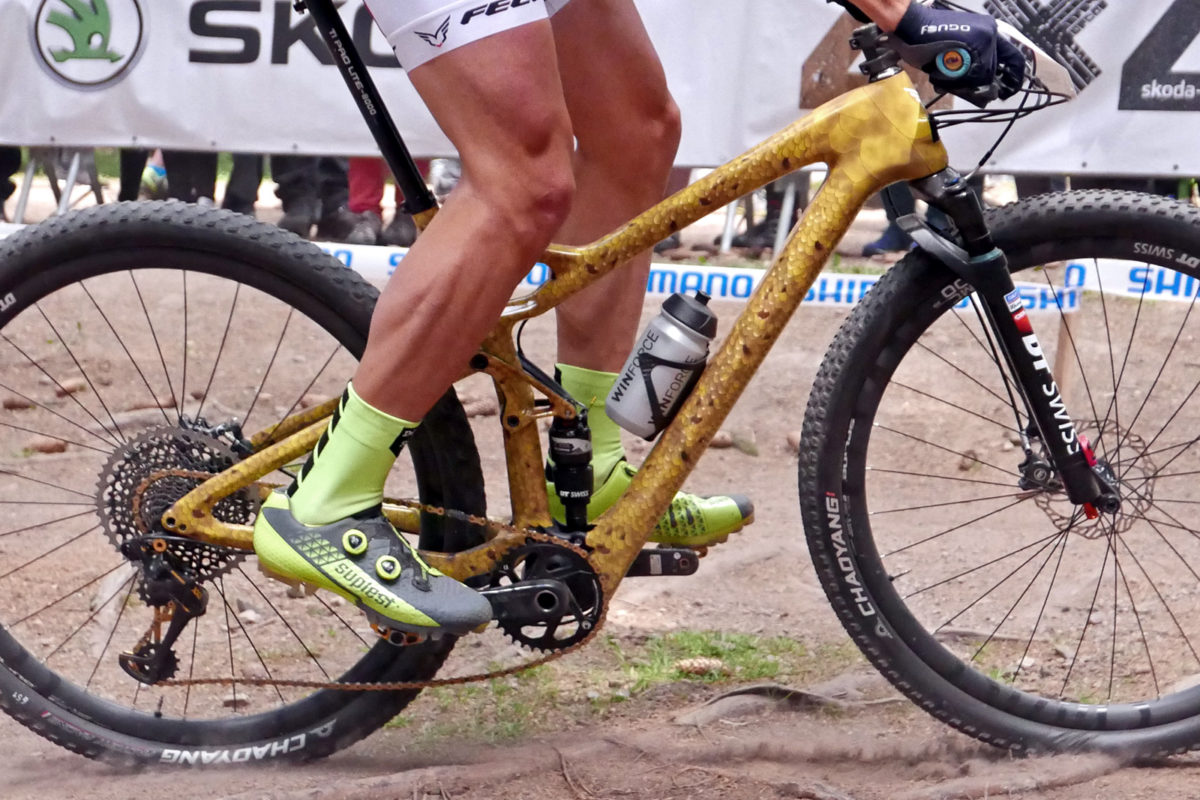
Of course, the leverage asserted on the shock depends very much on the linkage points of the bike and varies enormously from one bike to another, so a third of sag might not always be perfect, but the rider’s body weight is always over the shock making rear shock sag a decent place to start.
I’m going to stick my neck out here to expose something that I believe to be a complete myth; that of fork sag.
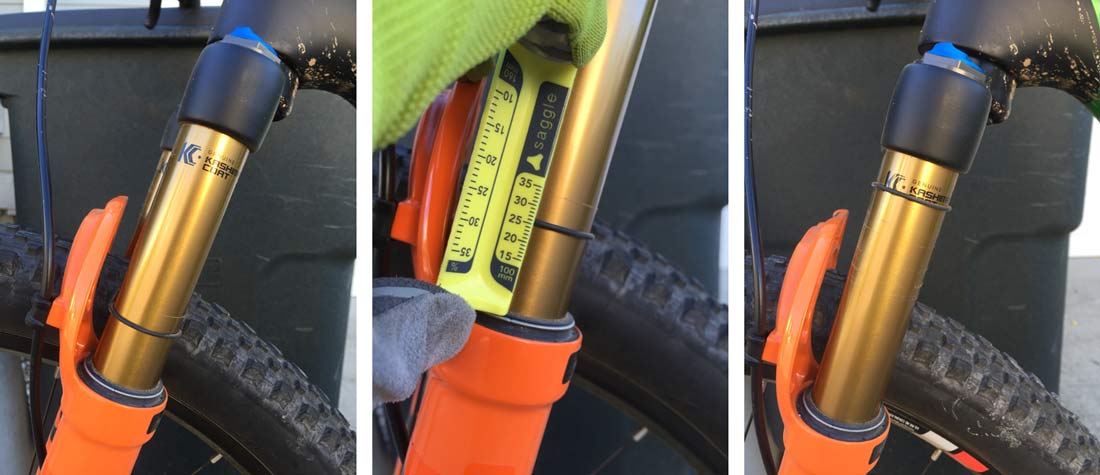
The concept of fork sag has been given some credibility by some of the largest manufacturers through the application of laser etched markings on upper tubes, but I would argue that there are far too many variables that undermine the validity of fork sag, i.e. reach, stack height, stem length, gradient and body position.
The rider’s body weight is never directly over the fork and is incredibly dynamic while the bike is in use. The optimum fork spring rate for any rider is one where full travel is achieved on those big, hard hits. Trial and error is the only way.
Generally, I place one hand on the seat and one on the stem before trying to get a sense of the ‘balance’ of the bike. Initially, I aim to feel a similar kind of resistance from each end.
For those lucky enough to enjoy regular steep descents, a firmer fork relative to the shock will keep the front end of the bike sat high and make the most of that slack head angle.
A bike used for local trails and singletrack without lots of long, steep descents might need a firmer fork so that the bike can tackle those sharp little turns as the rider threads the needle through trees. Fork sag is a myth. You heard it here first.
This opinion might invoke some debate and I’m not going to watch forums or comment columns, so if you feel that you have a legitimate counter argument, I/we are always on the end of the phone and happy to talk with you while we service/tune/repair suspension all day every day as we have been since 2004.
Do air shocks have bottom out bumpers?
Yes, they do. The FOX X2 uses a big old chunk of elastomer, while others just use a little o-ring. There’s always a little squishy thing in there to prevent the hard bits of the shock from interacting in an unpleasant way when the shock reaches bottom out.
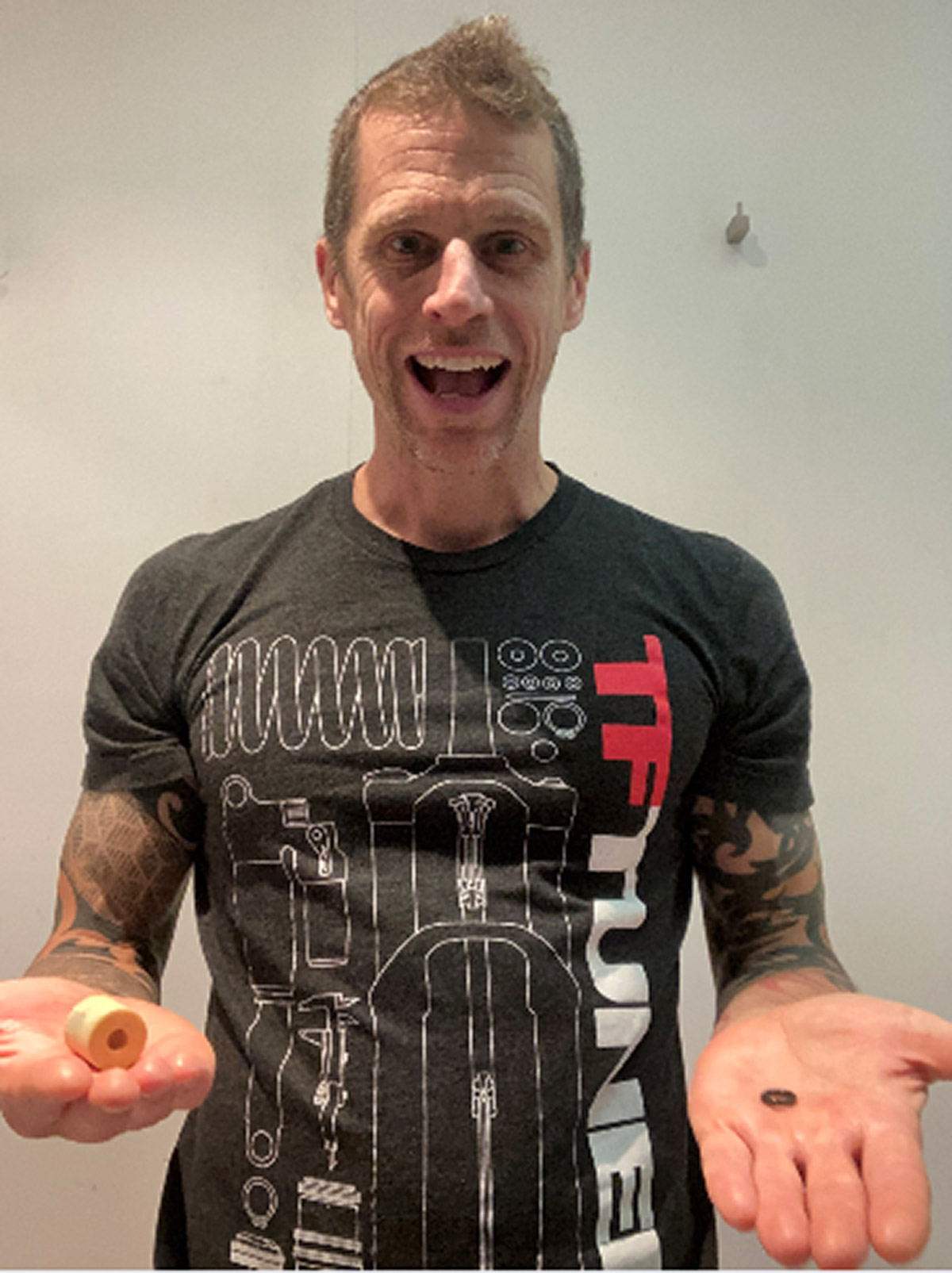
Got a question of your own? Click here to use the Ask A Stupid Question form to submit questions on any cycling-related topic of your choice, and we’ll get the experts to answer them for you!

